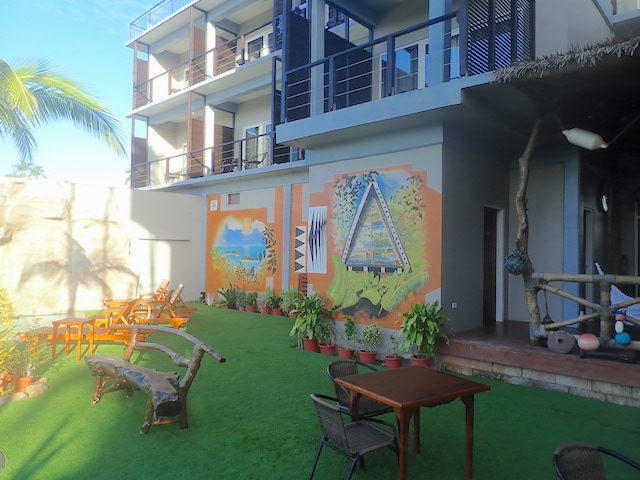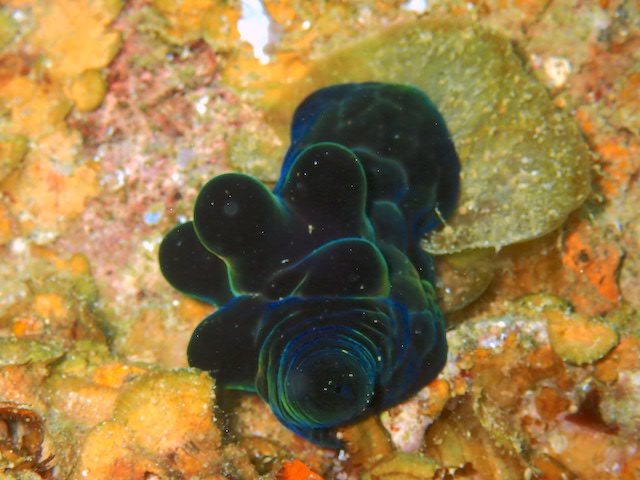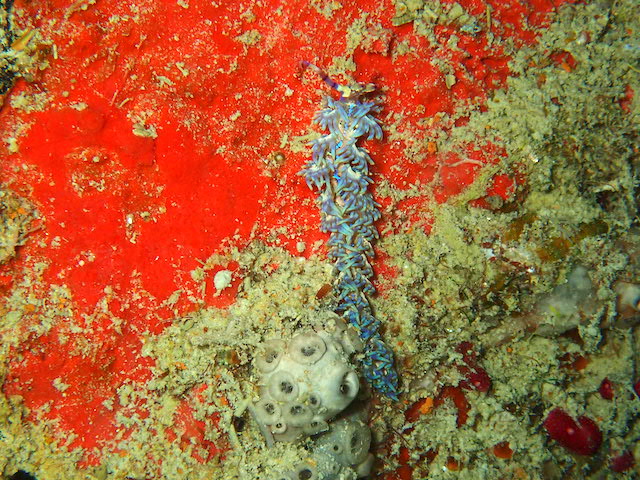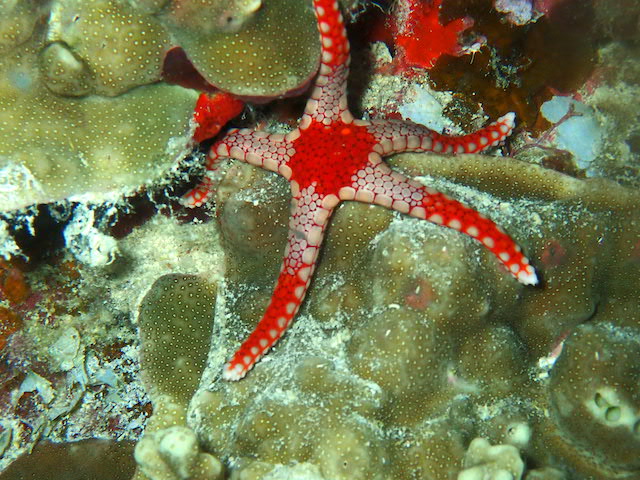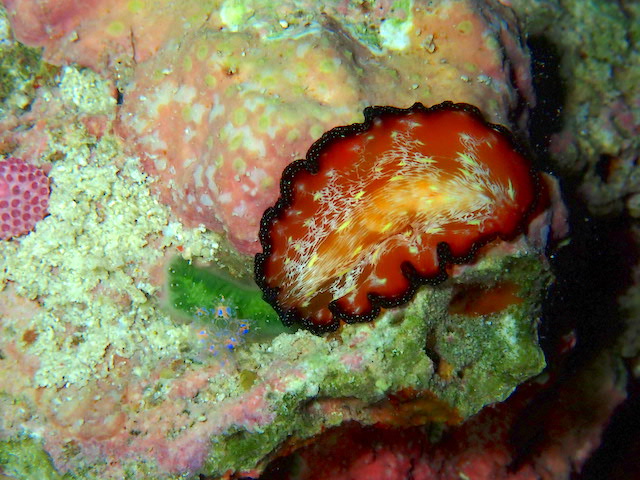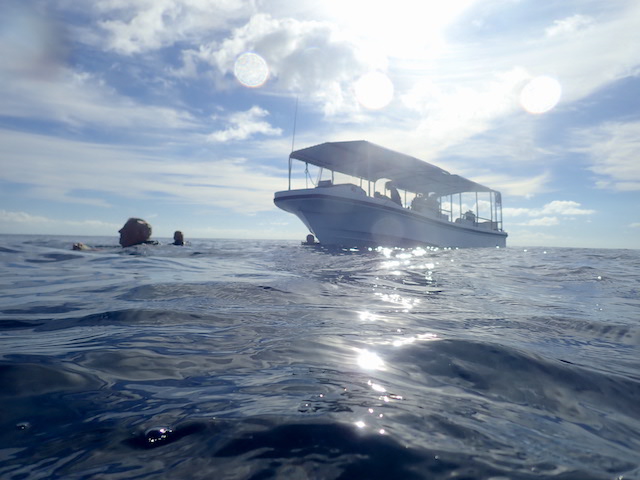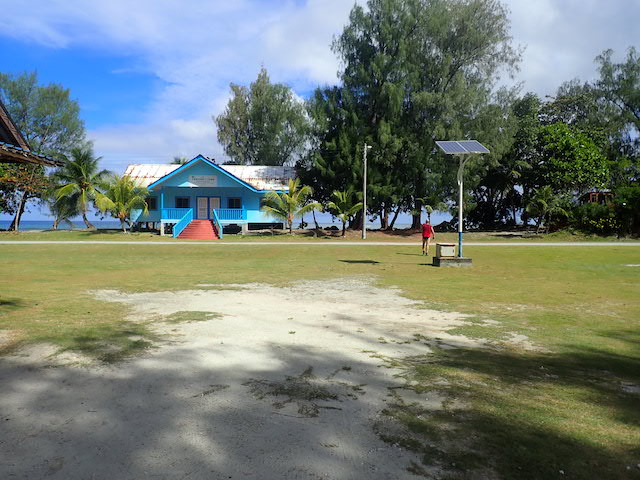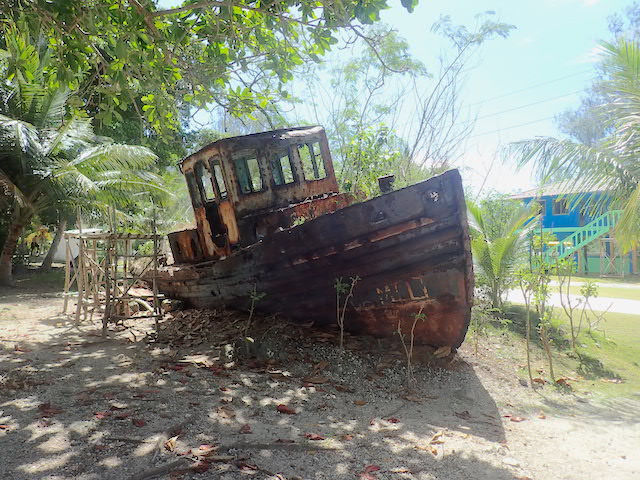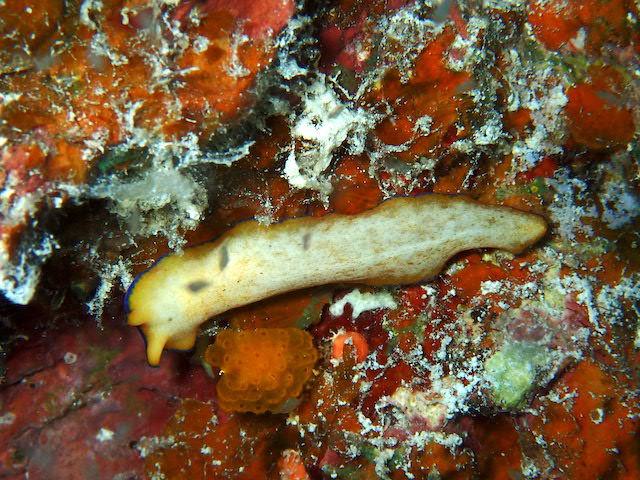
 Palau (or Belau as it is locally called) is a group of islands in the Pacific Ocean. It forms the westernmost part of the Carolinen. It lies east of the Philippines and north of the Indonesian Guinea.
Palau (or Belau as it is locally called) is a group of islands in the Pacific Ocean. It forms the westernmost part of the Carolinen. It lies east of the Philippines and north of the Indonesian Guinea.
An estimated 22.000 people live there. Since 1994 it has been an independent country, because the residents did not want to join the Federated States of Micronesia. The country consists of around 340 islands and is divided into 16 states . The largest city is Koror (around 14.000 inhabitants), but that is not (anymore) the capital. At independence it was determined that the capital had to be on the largest island (Babeldaob). That is why Ngerulmud has been the capital since 6 October 2006, while only a few hundred people live here. Most islands are not inhabited. A number of islands in the south (Koror) are connected by bridges. The country has a free trade commitment with the United States. A number of countries also have an embassy here (such as the US and Philippines). In Koror there are a few (American) banks.
The tropical climate is fairly constant and it is almost always around 28 C. The wettest period is in June to October, but the monthly rainfall average is around 300 mm.
The country is a republic and approximately 459 km2 in size. The currency is the US dollar. English is the business language, but the original language Palaus is also spoken. Much is being done to preserve the local culture. The country has an international airport about 10 kilometers north of the city of Koror (which is also the name of a state). It is operated by Korean Air (Seoul) and China Airlines (Taipai) (Asia), Delta Airlines (US), United Airlines (via Philippines (Manila) / San Francisco-Guam) and Japan Airlines, among others. Some airlines only fly during the tourist season (January / April). There is also a local airline.
The country mainly depends on the US for the supply of goods. There is not much agriculture (potatoes, cassava, coconuts). Of course, fishing is also limited. Tourism is the largest source of income. You can't just settle on the island either. You can get a work permit, if you work for a local employer. Changing employers is actually not allowed, you must first leave the islands for two years.
Most tourists come from China (around 45%) and Japan (around 25%). The US supplies around 7% and Europe only 4% of tourists. The number of tourists varies from 6000 to 12.000 per month. The number of tourists has actually been decreasing since 2015, while it is increasing in other countries in the region.
The origin of the islands is not entirely clear. It is said that two tectonic plates collided against each other, pushing the seabed up. In addition, there would also be volcanic activity that created the islands. The islands are therefore a combination of lava, limestone and coral. Outside the back of the ocean it is therefore thousands of meters deep. There are quite a few coral reefs around the island, by far the most in the south. There is a wide variety of corals and associated fish. There are also many slugs, flatworms and other small lives. It is therefore counted among the top diving locations. Because there are considerable (tidal) currents in many places, there are also many sharks. A lot is also done locally to protect the reefs, for example by preventing pollution. To be allowed to dive you have to pay a contribution, because it is a nature reserve. Because the Americans battled a lot with the Japanese during the Second World War, there are in the southern part of the islands a large number of wrecks . At least 20 have been marked as diving sites. Most dive sites are also in the south. From Koror to the southern island of Peleliu it is more than an hour by fast boat. Many dive sites can be found at Ulong, Ngemelis and Peleliu. Since 2009, the government has been protecting a territorial sea area of around 600.000 km2, in which shark hunting is prohibited. There are an estimated 17 species of sharks and it is the first area in the world where sharks are protected.
It is not entirely clear when the first people came to live on the island. There are indications that around 3500 for Christ people from Indonesia came here. In the time that the European went on discovery trips, the island group was also 'discovered'. The Spanish explorer Ruy Lopez de Villalobas visited the islands in 1543, but the islands were not colonized then. In 1783 the English ship Antilope stranded with Captain Henry Wilson. The locals helped him repair the ship.
The first real European interference was only in 1885 when the Spaniards took control of Caroline's islands. Palau was sold in 1899 to the Germans who also turned it into a trading post. The German Channel (in the south) was also built during that time. This was done by exploding phosphorus bombs, creating a fairway. The southern islands lie in a kind of bay, which only a few places (in the North) leave by ships with some draft.
After the loss of the First World War by the Germans, the authority came into the hands of the Japanese, who established the administrative headquarters of South Pacific in Koror. After the Japanese were defeated in World War II, the Americans took control and an infrastructure was built and schools established. The country became independent on 1 October 1994. Various tribes live on the islands and they now have the freedom to preserve their own culture as much as possible.
In addition to diving, there are also various other options for discovering the islands. Walking on Babeldaob is one of them. The island is 43 kilometers long and 24 kilometers wide and also has a large forest, where bird watching is also possible. Other water sports are also possible. Until recently you could also go skydiving, but that company went bankrupt due to a lack of interest (although their website is still up and running).
Date initial: 28 Apr 2019, 12:31:00
Datum update: 26 Dec 2022, 12:00:18
